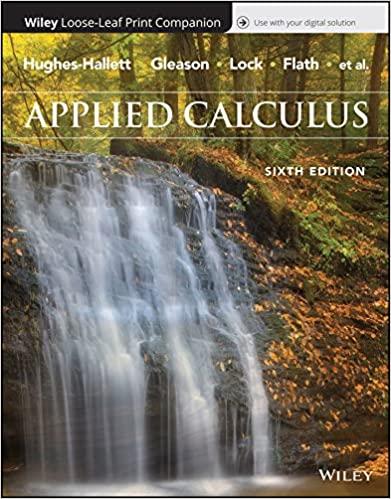Make a list of all the basic rules for the following NPDA. In this problem, =
Question:
- Make a list of all the basic rules for the following NPDA. In this problem, Σ = {0; 1; 2; 3},the set of states is {P; Q; R}, the starting start is P and the final state is R, the stack alphabet is {X; Y }, the starting stack symbol is Z, and the machine accepts by final state.
Start -) P back to itself((0,Z/XZ),(0,X/XX),(1,X/epsilon)), start -) P -) epsilon ,Z/Z -) Q, Q back to itself((3,Z/YYZ),(3,Y/YYY),(2,Y/epsilon)), Q -) epsilon ,Z/Z -) R(accepting state)
2. Draw a graphical diagram for the NPDA with the following basic rules. In this problem,Σ = {e; i}, the set of states is {Q}, the starting start is Q, the stack alphabet is {Z}, the starting stack symbol is Z, and the machine accepts by empty stack.
§(Q; e; Z) = (Q; epsilon) §(Q; i; Z) = (Q; ZZ)
3. Let Σ = {a; b} and let L be the set of strings that have the same number of a’s and b’s. The a’s and b’s of a word in L can be in any order. Draw a graphical diagram for an NPDA to accept L by final state.
4.Start with your answer to problem 3 and modify it to make a new machine that accepts the same language by empty stack.

Applied Calculus
ISBN: 9781119275565
6th Edition
Authors: Deborah Hughes Hallett, Patti Frazer Lock, Andrew M. Gleason, Daniel E. Flath, Sheldon P. Gordon, David O. Lomen, David Lovelock, William G. McCallum,




